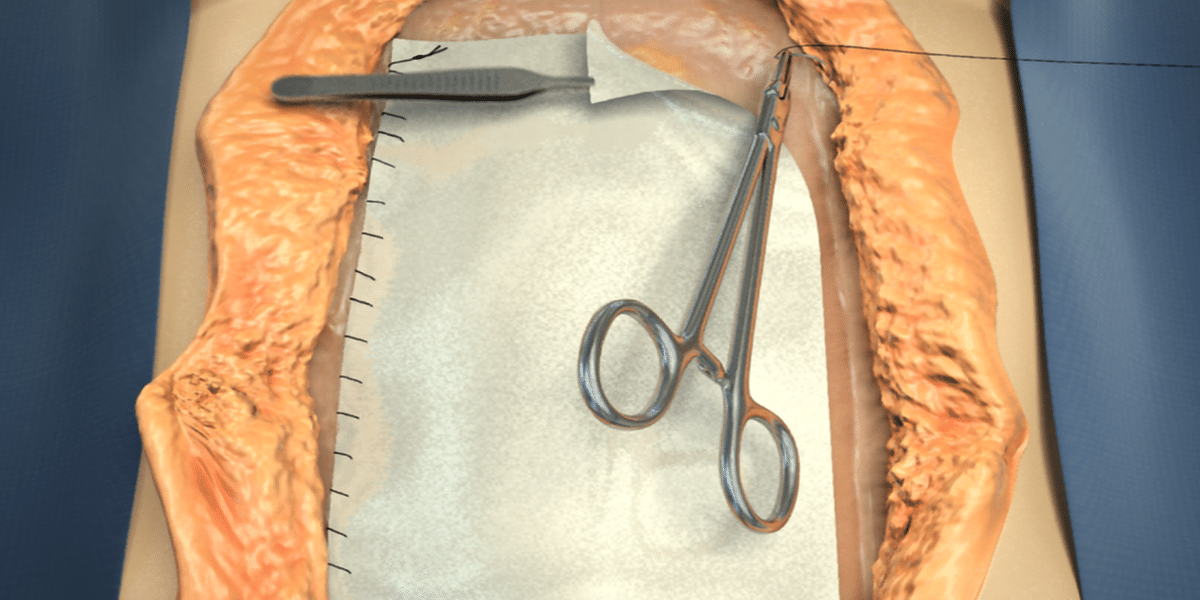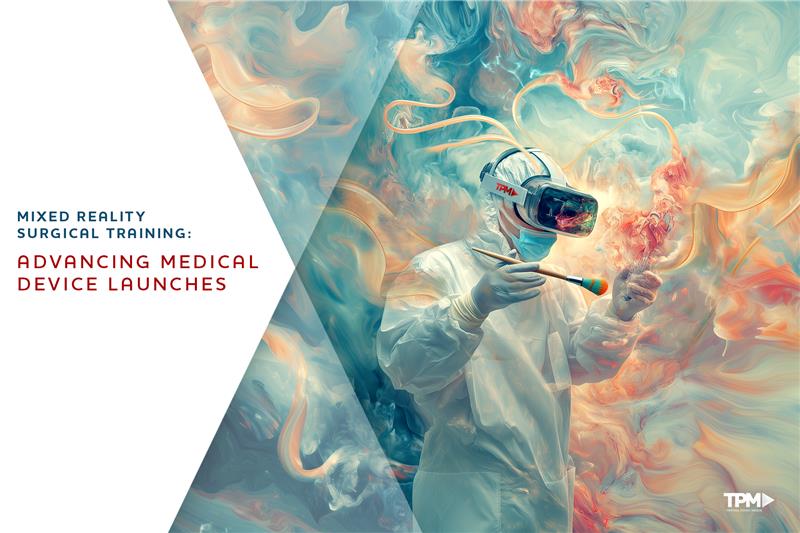The modern healthcare industry is competitive, and each healthcare provider strives to provide high-quality care to patients. Medical education has experienced significant disruption in the last decades — the top reason for changes is increasing concern over medical injuries resulting from medical malpractices globally.
Medical simulation training is an effective strategy to reduce malpractices and improve clinical competence. This technologically-enhanced medical learning has been proven to have multiple benefits in improving the quality of care and clinical competence and reducing errors.
Read on to learn what simulation training in healthcare is and why investing in medical simulation is worth your money.
What is Simulation-Based Medical Learning?
You have probably heard about simulation learning in healthcare, and you would want to invest in the approach to training your medical staff. Investing in simulation technology can be one of the best decisions you make in your medical training. But what is simulation training in healthcare?
Simulation refers to the artificial representation of complex-real world processes to gain experience through reflection, immersion, and feedback without going through the real process. In medical education, simulation involves an advanced innovative technological method for training medical professionals.
It is more of a technique than a technology that enhances experiential and reflective learning that prepares medical professionals to provide clinical care with minimal errors. A simulation is also a critical approach to teaching resource management skills in the medical profession.
Here are the top three benefits of investing in medical simulation:
Improves Patient Care
One of the most important benefits of simulation-based learning in the healthcare industry is the positive outcome it can have on patients. Besides, the need to improve patients’ outcomes has been at the basis of the medical education system. Understanding simulation training in healthcare is the basis of improving patients’ care.
Towards the end of the 1990s, major gaps between healthcare quality and patients’ safety were identified. The same report also indicated a high prevalence of preventable medical errors across different medical fields globally.
The Institute of Medicine recommended an immediate fundamental change in the healthcare delivery system. The need to restructure medical education to adapt principles of the 21st century was among the top recommendations.
Since the onset of the 21st century, equipping current and future healthcare providers with essential resources to improve patient care through technology, effective communication, and advancing training methods has been the bedrock of improving healthcare services.
Simulation-based learning sets medical professionals in a better position to provide effective care services when dealing with real patients. In addition, simulation training has been directly linked with better patient outcomes compared to non-simulation training. Improved patient outcome results from the propensity for simulation training to reduce patients’ injuries.
With simulation, your staff reproduces patient care, including all complexities of a real-life scenario, allowing medical professionals to perfect all bases when treating a real patient.
Inspire Confidence in Medical Staff
Confidence is essential among the many benefits of simulation-based learning. Few situations, if any, can be as daunting as stepping in as a medical professional for the first time. Where do you start?
As if that isn’t enough, the shortage of healthcare professionals, strained resources, and overcrowded healthcare institutions implies that even junior medical practitioners face considerable challenges without the necessary support. This can drain care providers’ confidence resulting in worse scenarios.
Fortunately, taking advantage of the benefits of simulation-based learning allows medical professionals to practice managing life-threatening health issues without panic or causing harm to patients. Medical professionals practice over and over how to handle delicate situations through simulation. This training can play a significant role in improving confidence to face elements of real-life practice experiences.
Additionally, simulation-based training improves junior professionals’ confidence in pushing for better patient outcomes in real-life practice. Healthcare practice has been inherently hierarchical and senior professionals.
As a result, junior medical practitioners may fear speaking out when a senior professional makes a mistake. Simulation-based training gives junior practitioners confidence to correct senior employees respectfully and through evidence-based methods.
The simulation method, therefore, does improve not only patient care by enhancing medical professionals’ confidence but also by promoting collaborative and alternative assertions in challenging treatment approaches when there is a better way to offer care.
Encourages Learning From Mistakes
Simulation creates a platform for medical professionals to make mistakes confidently and learn from them.
In the medical profession, it isn’t possible to control the types of challenges you can encounter in real-life practice. You’re supposed to make the best judgment and provide the highest-quality care services, even in complex situations.
Putting medical professionals in complex challenges they have not encountered before is a leading factor in medical malpractice and errors. Conventional medical training has limited equipment for medical staff to make mistakes confidently and perfect their skills away from real-life practice. Any such instance can lead to fatal consequences.
The benefits of simulation-based learning help cultivate an attitude that acknowledges errors as inevitable aspects of life that can be utilized for valuable lessons and perfecting skills to avoid the same mistakes in the future.
When you introduce simulation training to medical professionals, you provide a safe space for the staff to refine their clinical knowledge and skills without the risk of injuring real patients. In addition, when you build an effective debrief into your simulation sessions, you create valuable training and impart essential skills to medical professionals.
In addition, making mistakes in simulation training allows medical professionals to identify their weaknesses and areas requiring improvement. As a result, healthcare professionals are confident in making mistakes, trying multiple approaches to handling a healthcare issue, and perfecting the best skills in a supportive environment.
Moreover, the emphasis on debriefing instills good habits of self-reflection for medical professionals to use in their professional careers. When you train your medical staff to evaluate their practice regularly, they improve their professionalism in providing quality care.
Implement Simulation-Based Learning With Tipping Point Media
Implementing simulation-based learning in your institution can be daunting. Firstly, you need to understand what simulation training in healthcare is and the cost involved.
Secondly, you need experienced professionals to design and integrate simulations in your medical training sessions. Unfortunately, finding skilled professionals to design and implement effective simulation techniques isn’t easy. But don’t worry!
At Tipping Point Media, we specialize in providing virtual medical simulation to our clients globally. Our 3D simulations can help you recreate medical devices’ disease states and treatment procedures with breathtaking accuracy and meticulously.
We enable medical institutions to give their learners first-hand experience in a step-by-step approach that covers all aspects of treatment offered in real-life practice.
Contact us to request a demo.


![How Augmented Reality Packaging Is Transforming Pharma Sales [2025 Guide]](https://tipmedia.com/wp-content/uploads/2024/10/blog-ARpackaging-2.jpg)
